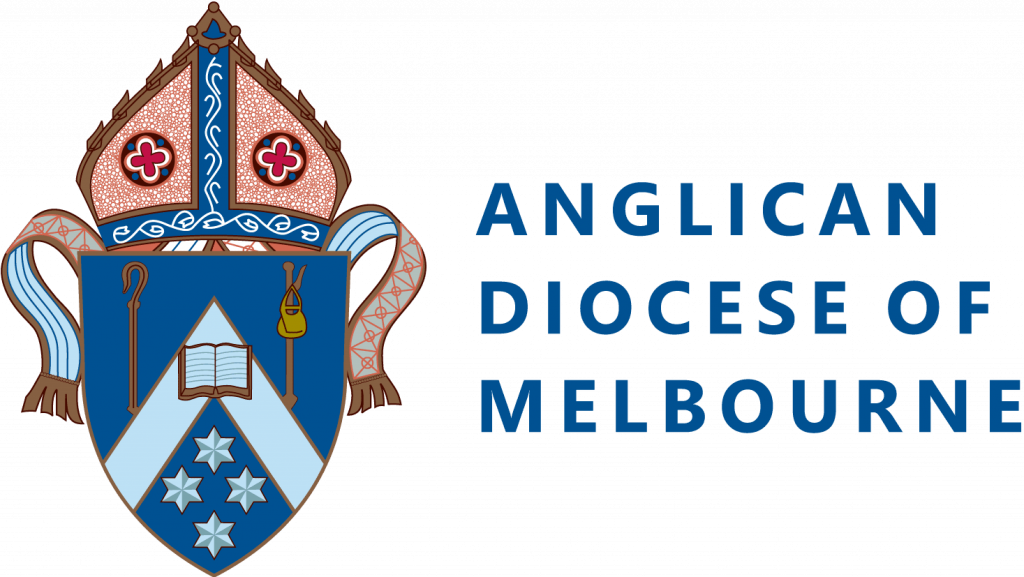Clearance for Ministry
Clergy (a person in Holy Orders) and authorised lay ministers must hold a Clearance for Ministry granted by Kooyoora stating they are fit to hold the proposed role, office or position in the Church. A new Clearance for Ministry must be obtained for each new role, office or position.
Requirements for each Clearance for Ministry:
- By applicant:
- Clearance for Ministry Application (Safe Ministry Check)
- Police check (National)
- Current WWCC (Working With Children Card)
- Letter of Good Standing (If applicant is coming from another diocese or denomination)
- International police check if applicant has lived, worked or travelled in a country overseas for more than one year in the last 10 years as an adult.
- By Kooyoora:
- Anglican National Register check
- Professional Standards Check (from other dioceses)
- Kooyoora register check

Clearance for Service
The Professional Standards Uniform Regulations prescribe at Schedule 1 that lay people who hold any of the following roles, offices or positions, are required to hold a Clearance for Service which is a certificate granted by Kooyoora (Office of Professional Standards):
1 (A) Those who hold a role, office or position that requires them to have a WWC Clearance under the Worker Screening Act 2020 (Vic).
1 (B) Those who hold a role, office or position that constitutes “ministry to children” within the meaning of the Safe Ministry to Children Canon 2017, currently as follows:
Ministry to children means work of a kind where a person:
(a) is required to hold a working with children check, or a working with vulnerable people check by reason that the person has contact with a child as part of engaging in a regulated activity; or (b) exercises a pastoral ministry which has direct, regular and not incidental contact with children; or
(c) provides services to children that are ancillary to the exercise of a pastoral ministry within General Synod – Safe Ministry to Children Canon 2017 Adopting Ordinance 2017 paragraph (b) which involve:
(i) contact with children during an overnight activity (such as camps and similar activities); or
(ii) close, personal contact with children (such as changing clothes, washing and toileting); or
(d) supervises the ministry of a person within any one or more of paragraphs (a) to (c); or
(e) performs a professional standards role; or
(f) performs a safe ministry role.
Regardless of whether a role, office or position is within the meaning of 1 A. and 1 B. above, any of following roles, offices or positions:
- Child Safety Officer, Family Safety Champion
- Leader or coordinator of, or instructor, teacher, or other position providing leadership, oversight or direction in —
- children’s or youth group;
- camp where children are present;
- crèche;
- Sunday School or other educational program for children or young people;
- small groups where children are present and not accompanied by a parent;
- choir, music, dance or acting group that includes children;
- bus driver for children;
- candidate for selection conference for Holy Orders;
- theological exiting student intending to seek ordination;
- theological student doing a youth or children’s practicum;
- Warden of Altar Servers or coordinator of the altar serving team where the team includes children.
Church authorities may also require other people to obtain a Clearance for Service (see section 60(3) of the Professional Standards Uniform Act).
Use this Clearance for Service flowchart as resource to determine when a Clearance for Service is required (click anywhere on chart to access links):

Clearance for Service Requirements
Lay people who require a Clearance for Service must submit their application to Kooyoora within 30 days of being elected or appointed to their role, office or position.
Requirements for a Clearance for Service:
- By applicant:
- Clearance for Service (Safe Ministry Check) application form
- National Police check issued within the last 5 years
- Current WWCC (Working With Children Check)
- International police check if applicant has lived in the one country overseas for more than one year in the last 10 years as an adult.
- By Kooyoora:
- Anglican National Register check
- Kooyoora register check
Clearance for Service Process
Parish approves applicant for a role, office or position following a suitable selection process.
- Parish provides applicant with the Clearance for Service application form. (NB: You will need to have been granted Parish Portal access to obtain these forms which are user-friendly formatted versions of the forms prescribed in the Professional Standards Uniform regulations.) Please note if the applicant is under the age of 18, it is strongly advised that the application form is discussed and completed in consultation with a ministry team leader and parent/guardian.
- Parish organises a police check (usually Crimcheck) for the applicant, if they don’t have one already. Click here for Police Check fact sheet.
- Parish asks applicant to apply for, and to add their parish/congregation, Kooyoora and the Anglican Diocese of Melbourne as organisations onto, their WWCC record via the WWCC website. Click here for WWCC fact sheet.
For those with VIT Registration, they will need to link this to WWCC. Click here for VIT WWCC fact sheet. - Applicant completes Clearance for Service application form and emails it to service@kooyoora.org.au with police check and ID document attached. (These can be posted if the applicant does not have access to email).
- Kooyoora processes the application and contacts referees (nominated by the applicant in the Clearance for Service application form).
- Kooyoora review the police check/s outcome/s and that the WWCC notification has been received.
- Kooyoora performs National Register and Kooyoora register checks.
- If all outcomes are satisfactory, a Clearance for Service certificate is emailed to the applicant and the parish.
- If there are concerns regarding any of the outcomes, Kooyoora follow the process as set out in the Professional Standards Uniform Act.
For further information and enquiries:



